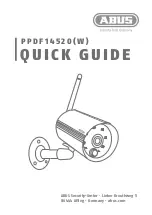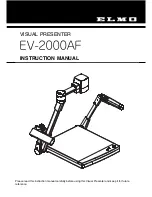
V1.02
Thom Hogan’s Complete Guide to the Nikon D300
Page 37
So, the question really should be addressed in a different way:
how do you intend to use your images? If the answer is that
you’re going to print them on an inkjet printer, virtually any
difference you see between a D300-generated image and a
scanned 35mm film image is going to be subjective, not
objective. Most photographers I know say the D300 image is
actually better, as the sampling artifacts of the camera’s sensor
are less objectionable than those from desktop scanners. The
D300 image also tends to have less noise
9
in the red and blue
channels than most low-cost desktop scanners and of course
resolves no grain; it just looks better, especially if you’re
comparing ISO 800 from a D300 with ISO 800 film from a
film camera.
In short, if you want the very best available resolution,
consider going to a medium format camera (and paying the
price of doing so). As far as 35mm film versus digital goes, the
race favors digital for moderate print sizes, due to the lack of
film processing and scanning costs. And yes, I’ve put my
pocket book where my mouth is: with the introduction of the
Nikon D1x in mid-2001 I stopped using most of my film-
based cameras and now shoot nearly all digital. I normally
use a D3 or D300 in my shooting.
Debunking Some Myths
If you haven’t already purchased and started using a D300,
you’ve probably been perplexed over some of the contentious
and sharply worded posts on some Internet forums
concerning several D300 traits, or the rumors that seem to
float through some photo shops. Indeed, you may have
purchased this book in an attempt to determine which claims
are true and which aren’t. Here’s my quick take (some of
these things are revisited in detail later in the book):
• It slows down when shooting 14-bit NEFs.
Yes, it does,
from a maximum of 8 frames per second (fps) to 2.5. The
9
I’ll detail what noise is and how it gets generated in the section entitled “Noise” on
page <72>. Until then, think of noise as inaccurate detail.
















































